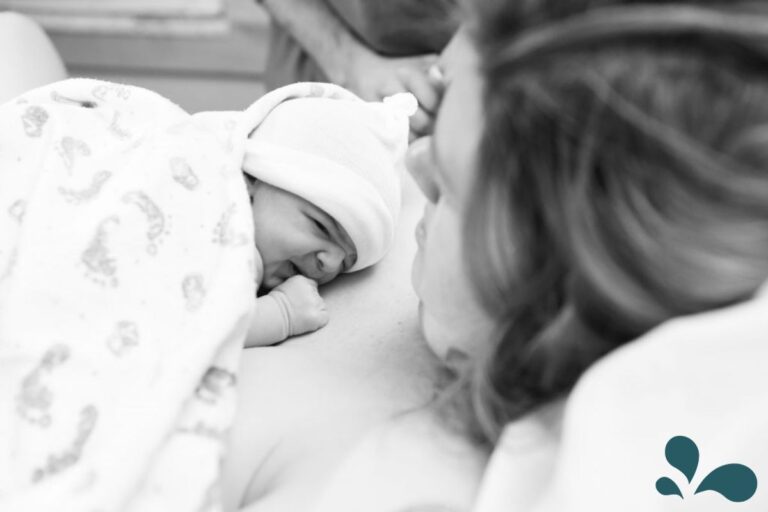There are so many baby bottles on the market. Each person you ask will have their own, likely different, opinion about which bottle is best. No one can make up their minds!
So, let’s ask more specific questions:
- Which bottle is best for a breastfed baby?
- How do you choose a good bottle?
- What makes a bottle suitable?
We’re here to bring some clarity to bottle-feeding a breastfed baby. As we answer these questions, we’ll also address a few key topics.

Nipple Confusion
Let’s break the nipple-confusion myth now.
Babies were born with the instinct to breastfeed. That doesn’t mean that breastfeeding always comes easily—for you or your baby. Babies don’t get confused; they were born to do this. But they sometimes choose the option that provides the easier flow. The breast is not the easier flow.
When a baby is regularly given a bottle and milk flows easily through that bottle, they may not desire the more difficult option.
So, which bottle is most like the breast?
There is NOT a single bottle on the market (yet) that acts the same as the breast. There are many bottle manufacturers that will claim differently—don’t believe them. We have yet to find a rounded base, colored nipple, or nipple shape that will “trick” a baby into thinking it is the breast.
Well, great, so there’s not a single bottle out there that successfully mimics the breast. Bummer. But what should you do? The rest of this post breaks down the most important factors you want to know about bottles. These factors are especially important if you’re looking for the best bottle for your breastfed baby. (Read the Paced Bottle Feeding post here.)
The Bottle Nipple’s Flow Rate
Flow rate is the amount of liquid permitted to leave the nipple.
Slow flow rates range from 5.6-46.3 mL/minute (source). According to research, each manufacturer has a different flow rate, despite what age and flow it suggests. Simply said, flow rates are not created equally.
As IBCLCs, we encourage using a slow-flow nipple. That will help bottle feeding become a slower process, like breastfeeding usually is.
The Bottle Nipple’s Slope and Shape
We want the baby to get a good mouthful of the bottle nipple. The same is true when breastfeeding. Look for nipples with a gradual slope. Avoid nipples that are skinny and abruptly change to a wide base. Think about what your breast naturally looks like before your baby comes to breastfeed—that’s the shape you want in a bottle nipple.
See some examples of bottles that come with a preferred nipple shape and slope: Lansinoh, Motif, Joovy (not pictured), Dr. Brown’s Original Narrow, and Evenflo Balance Standard.

The Bottle Nipple’s Tip Shape
Before you purchase a bottle and nipple, ask yourself, “Would I want my nipple to look like that after breastfeeding?” If your answer is no, then don’t use it for bottle feeding.
Here are three nipple tips you need to skip:
- Avoid lipstick nipple tips (ex. NUK Simply Natural)
- Avoid flat nipple tips (ex. MAM bottle nipples)
- Avoid nipple tips at an angle on the base (ex. Chicco Natural Fit)

To sum it up
Go for a slow-flow nipple, select a nipple with a gradual slope, and avoid bottle nipples that you don’t want your own nipples to be shaped like.
You’ve got this, mama!
We’re happy to help you select the best nipple for you and your baby.








